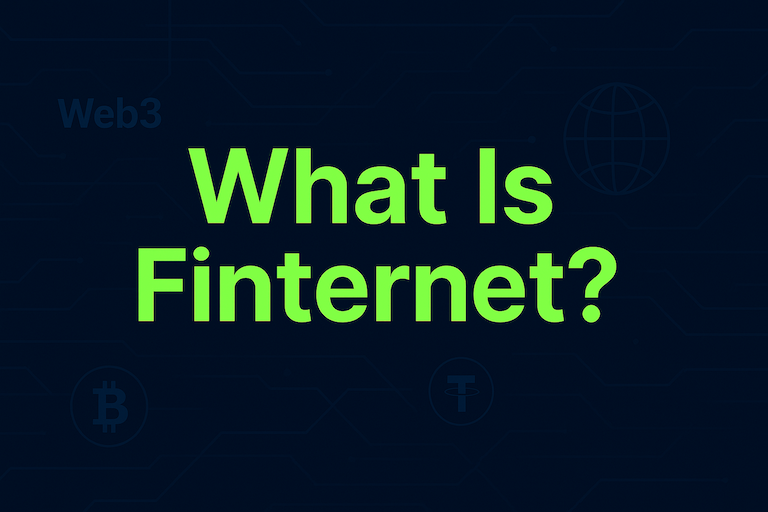Hedera (HBAR): Understanding Its Role in Blockchain
Jun 12, 2025
Hedera Hashgraph is a unique distributed ledger technology that offers an alternative to traditional blockchains. Its native token, HBAR, powers the network and supports a wide range of decentralised applications. In this article, we’ll explore what Hedera is, how it differs from other blockchain platforms, and the key role HBAR plays within its ecosystem.
What Is Hedera Hashgraph?
Hedera is a public distributed ledger platform that uses a different consensus mechanism called Hashgraph instead of traditional blockchain architecture. It was designed to offer fast, secure, and fair transactions at a scale that meets enterprise needs.
Unlike most blockchains that rely on proof-of-work or proof-of-stake, Hedera uses a gossip-about-gossip protocol and virtual voting to achieve consensus.
A public, enterprise-grade distributed ledger
Uses Hashgraph algorithm for consensus
Not based on blockchain structure
Designed for high speed and low cost
Governed by a council of global organisations
What Is HBAR?
HBAR is the native cryptocurrency of the Hedera network. It serves two main functions: fueling the network’s operations and securing it through staking.
Users pay transaction fees and deploy smart contracts using HBAR. Meanwhile, HBAR is also used by node operators who stake their tokens to help maintain network integrity and resist malicious attacks.
Utility token for transaction fees and smart contracts
Secures the network via staking mechanisms
Incentivises node operators and developers
Used in decentralised applications on Hedera
Supply capped at 50 billion tokens
How Is Hedera Different from Other Blockchains?
Hedera is not a traditional blockchain—it is built on a Directed Acyclic Graph (DAG) structure, which allows for parallel processing and faster throughput.
Additionally, Hedera’s governance model is distinct. It is overseen by a governing council composed of global companies and institutions that rotate membership and vote on software changes.
Uses DAG-based Hashgraph, not linear blocks
Offers high transaction speed (up to 10,000 TPS)
Council-governed instead of community-run
Fixed and predictable fee structure
Ideal for enterprise-grade applications
Use Cases for HBAR
HBAR supports a wide range of decentralised services including tokenisation, identity, file storage, and payments. Its fast and low-cost infrastructure is attractive to both Web3 developers and large institutions.
Hedera has been used in supply chain tracking, carbon credit systems, digital identity, and micropayment platforms.
Token creation and asset management
Fast peer-to-peer payments
Decentralised identity verification
NFT minting and transfers
Enterprise-grade DApps and data logging
Conclusion
Hedera and its token HBAR present an innovative alternative to traditional blockchain solutions. With its unique consensus algorithm, enterprise-friendly governance, and fast, fair performance, Hedera is carving out a distinctive place in the decentralised landscape.
Now that you understand HBAR’s role in blockchain, you can explore how technologies beyond traditional chains are shaping the future of digital assets.
Start your safe cryptocurrency journey now
Fast and secure deposits and withdrawals, OSL safeguards every transaction !


